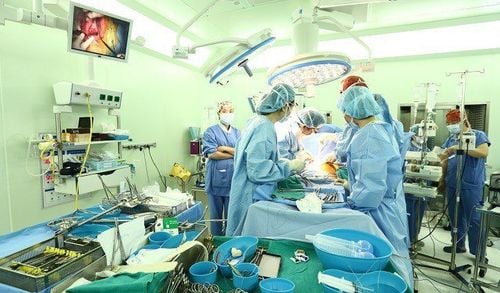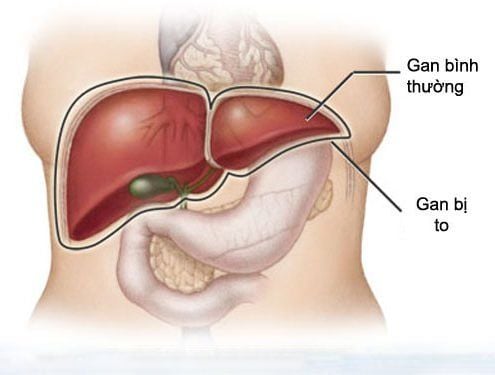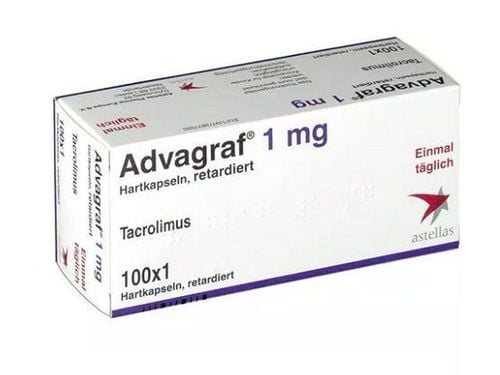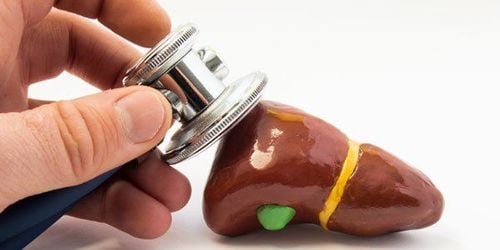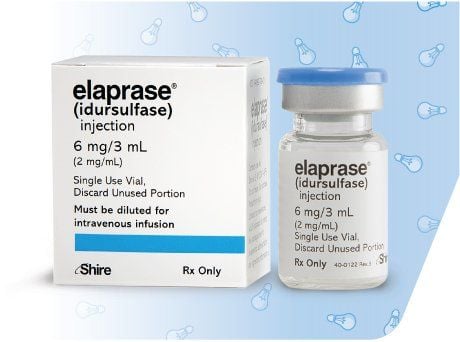This is an automatically translated article.
Urea cycle disorders in children have no cure. The outcome of treatment depends on the type of disorder, its severity, and how well the diagnosis and diet plan is appropriate.
1. What is metabolic disorder in children?
Metabolic disorders are rare genetic disorders that affect the body's metabolism. Metabolism describes the body's ability to convert food and drink into energy, as well as remove some of the waste produced in the process. It is a complex process that uses many different chemicals, enzymes, hormones, cells, and organs to function properly.
Enzymes are special proteins that cause chemical reactions. When we eat, the digestive system uses enzymes to break down food into sugars, amino acids, fatty acids, and other chemicals for the body to use. The body uses these chemicals for fuel or energy, as well as to build or repair tissues. Anything that the body can't use is waste. Enzymes can also help convert or break down waste so they can be eliminated from the body.
For children with metabolic disorders, certain enzymes do not work properly or the body does not make enough enzymes. This disrupts metabolism. The body can be blocked from using the substances it needs to function or waste products can build up in the body and become toxic. These problems can cause health problems, including serious developmental problems, in young children.
Metabolic disorders are hereditary, which means they are inherited and are usually present at birth. Newborns are screened for a number of serious conditions, including metabolic, hormone, and blood disorders. Early detection and treatment of some disorders can prevent lifelong health problems.
Has a number of different metabolic disorders, including:
Fructose intolerance ; Gaucher's disease; Syrup of urine disease (MSUD); Phenylketonuria (PKU); Urea cycle disorder (UCD).

Rối loạn chu trình ure ở trẻ em không có cách chữa trị hoàn toàn
2. What is urea cycle disorder?
Urea cycle disorder (UCD) is an inherited disease that affects the way the body gets rid of waste products created from breaking down proteins. Everyone needs protein, found in foods like dairy products, meat, and fish. When a person eats foods that contain protein, the body breaks it down into amino acids (the building blocks of protein used by the body to grow and repair tissues) and uses only what it needs. It changes the rest to nitrogen, which must then be eliminated by the body.
In a healthy person, the liver provides several enzymes to change nitrogen into urea, which is then eliminated from the body in the urine. This whole process is known as the urea cycle.
The liver of a person with a urea metabolism disorder lacks an enzyme needed to convert nitrogen into urea. As a result, ammonia, a highly toxic substance, accumulates in the blood and is not eliminated from the body. If left untreated, high levels of ammonia can cause brain damage, coma, and eventually death.
3. Causes of Urea Cycle Disorders
Urea cycle disorders are named after the abbreviation of the missing enzyme, including:
OTC - ornithine transcarbamylase; ASD – argininosuccinic acid synthase (citrullinemia); AG - arginase; ALD - argininosuccinase acid lyase (argininosuccinic aciduria); CPS – carbamoyl phosphate synthetase; NAGS - N-acetylglutamate synthetase. Urea cycle disorders are hereditary. Genes give the body instructions on how to break down proteins. We usually have two copies of each gene, and most urea cycle disorders only happen when a person inherits an altered gene from both parents. The exception is OTC deficiency, which is passed on to the baby through the mother most often unaffected.
If both parents carry the defective gene there is:
25% chance their child will develop the disorder; 50% chance that their child will receive a defective gene from one of the parents, meaning the child will not develop symptoms of the disorder; the child is a "recessive carrier"; There's a 25% chance their child will get both genes working, one from each parent, and won't be affected. With an OTC enzyme deficiency, the risks a person will be affected also depend on whether they are a boy or a girl. If the mother is a carrier of the defective gene there is:
50% chance that a male child will receive the defective gene from the mother and thus be affected; 50% chance their child will receive a defective gene from one of the parents, meaning the child will not show symptoms of the disorder (the child is a "recessive carrier") ; 50% chance that female children will receive the abnormal gene and be at risk of OTC deficiency-related symptoms; 50% chance that a female child will not receive the abnormal gene and be unaffected.
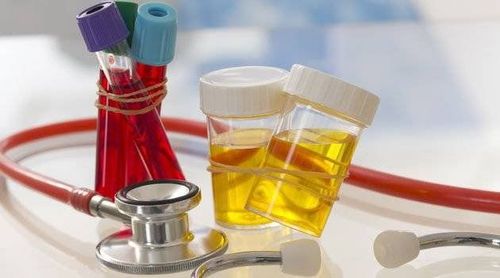
Chẩn đoán rối loạn chu trình ure ở trẻ em bằng cách phân tích nước tiểu và máu
4. Symptoms of Urea Cycle Disorders in Children
Age of onset and specific symptoms vary between different types of urea metabolism disorders. The disorder is usually diagnosed in infancy, but some children don't show symptoms until infancy.
In children with severe urea cycle disorders, symptoms develop within the first 24 hours after birth. Although all of these symptoms may not be present, it is common for a baby to be very sleepy, irritable and have feeding problems, including poor feeding and regurgitation. Convulsions, difficulty breathing, and coma may follow.
Symptoms in children with mild or moderate UCD, who do not show symptoms until infancy, may include:
Dislike of meat or other high-protein foods; Vomiting, nausea; Mental confusion or hyperactive behavior; Frequent fatigue and/or difficulty awakening; Comatose.
5. Diagnosis of urea cycle disorders in children
Diagnosis is made by analyzing urine and blood for abnormal metabolites (substances produced by metabolism) and high ammonia levels.
Liver biopsy may be done to confirm the diagnosis because it shows low levels of enzyme activity. Genetic tests may also be done to show if there is a problem with one of the genes needed to break down urea cycle proteins to determine the specific type of urea metabolism disorder.
An MRI or CT scan may be done to see if there is brain swelling caused by ammonia in the blood.
6. How is urea cycle disorder treated in children?
Treatment is a lifelong process, although it does not cure the condition completely, it can effectively control symptoms. Regular blood tests are performed to continue to monitor ammonia levels. Doctors in the fields of pediatrics, genetics, and nutrition will work together to develop a child's treatment plan.
The child's treatment will likely include:
Low protein, high calorie diet: Protein in the diet is reduced by avoiding high protein foods. Examples of foods that provide calories without protein are fruits, vegetables, and starches. However, protein is important for growth, so protein restriction must be done with the advice of a healthcare professional. A dietitian will plan and update a protein-restricted diet as your child grows. Some babies need to take a special formula to make sure they are getting the proper nutrition. Medicine: Some children will need medication to help get the ammonia out of the body. Oral medications are given to bind to ammonia and be excreted in the urine. Amino Acid Supplements: Depending on the type of disorder, amino acid supplements such as arginine or citrulline may be added to the diet to help give the body what it needs to make proteins important for growth. tissue growth and repair, as children with urea cycle disorders cannot make arginine on their own. Liver transplantation: Because the production of urea cycle enzymes takes place in the liver, liver transplantation can be an effective treatment for disorders of urea metabolism. Your doctor will discuss the risks of the transplant with you and a decision must be made with a balance of pros and cons.
If a transplant is the best treatment option, the doctor and other members of the patient's care team will focus on preventing complications, treating symptoms while the patient waits for the liver to be recovered. donate.
Stresses on the body, such as illness, fever, surgery or accidents can cause ammonia levels to rise. These times need to be careful, and need to add extra calories to fuel the stressed body.
Regular doctor visits will be necessary to adjust your diet and medication. Getting your child to follow the diet your doctor recommends is very important for your child's health, growth, and development.
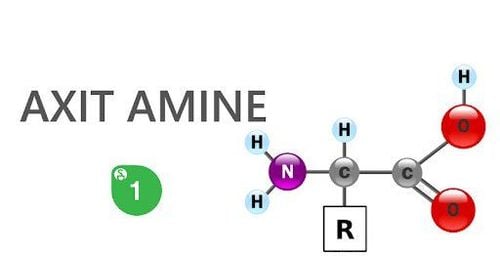
Điều trị rối loạn chu trình ure ở trẻ em bằng cách bổ sung axit amin
In summary, it is necessary to diagnose and treat urea metabolism disorders in children early to have a good chance of achieving good results. Babies who are diagnosed during the first week of life and put on a diet right away are likely to grow well. If the child continues to follow the diet carefully, normal brain function can be achieved.
Please dial HOTLINE for more information or register for an appointment HERE. Download MyVinmec app to make appointments faster and to manage your bookings easily.




